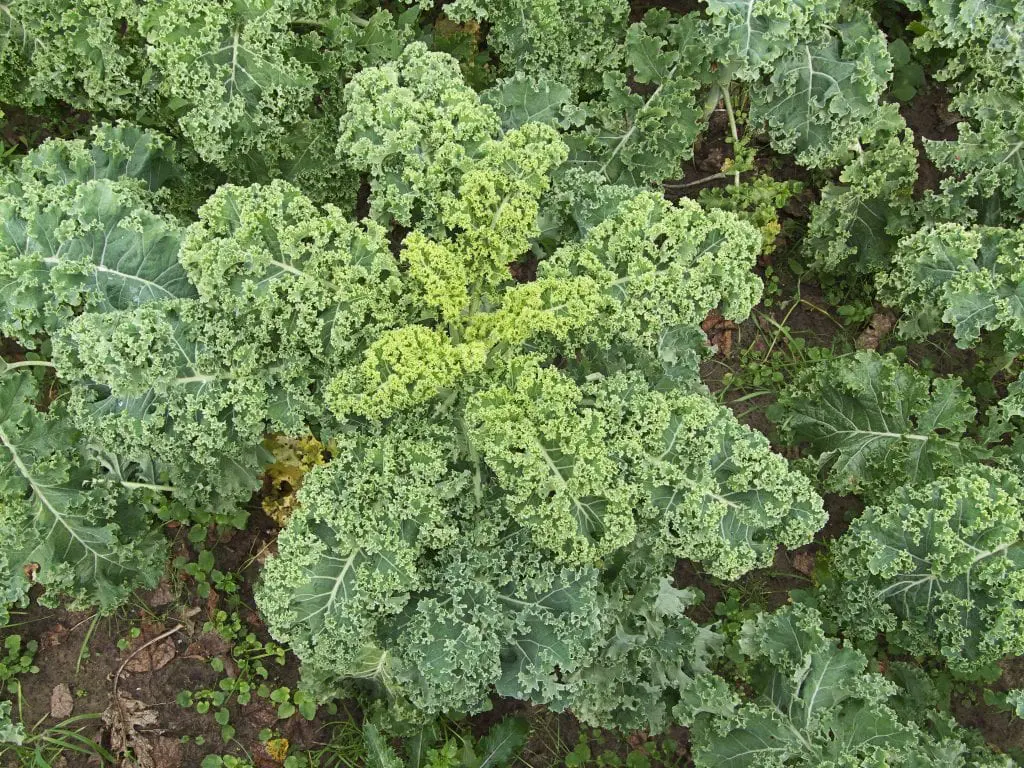Kale , whose scientific name is Brassicola oleracea var. Sabellica , is a wonderful horticultural plant, since in addition to being able to be used in the kitchen to prepare delicious recipes, it can also be used as an ornamental, decorating the terrace or patio, for example.
The curious shape of its leaves makes it one of the most curious species. But how is it grown?
Index
- 1 Characteristics of kale
- 2 Cultivation
Kale Characteristics

Our protagonist is a herbaceous plant native to northern Germany that grows up to 40 centimeters in height . The leaves grow in the form of rosettes, and are large, up to 35-30cm long, dark green and very curly.
Its growth rate is very fast, to the point that from sowing to harvesting, only a maximum of 20 weeks pass, which is five months. And, as it resists cold well, it can be grown in all temperate regions of the world. The question is, how?
Crop

If you feel like making a salad with kale leaves, or preparing any other dish with them, here’s how it’s grown:
- Sowing time: the ideal time is spring, when the risk of frost has passed.
- Location : outside, in full sun. It is highly recommended to sow in a seedbed and move the seedlings to the garden when they have grown a little.
- Transplant : when they are at least 5cm tall, either to a larger pot or to the garden. If you choose this last option, plant them leaving a distance of 30cm between them.
- Irrigation : frequent, avoid letting the substrate or soil dry up. Therefore, it should be watered every 2-3 days, increasing the frequency in summer if necessary.
- Fertilizer : throughout the season, organic fertilizers should be fertilized, spreading a 2-3cm thick layer on garden plants, or liquid fertilizers such as guano should be fertilized on plants in pots, following the instructions specified in the container.
- Harvest : in autumn-winter.
- Rusticity : it withstands well the cold of up to -9ºC.
